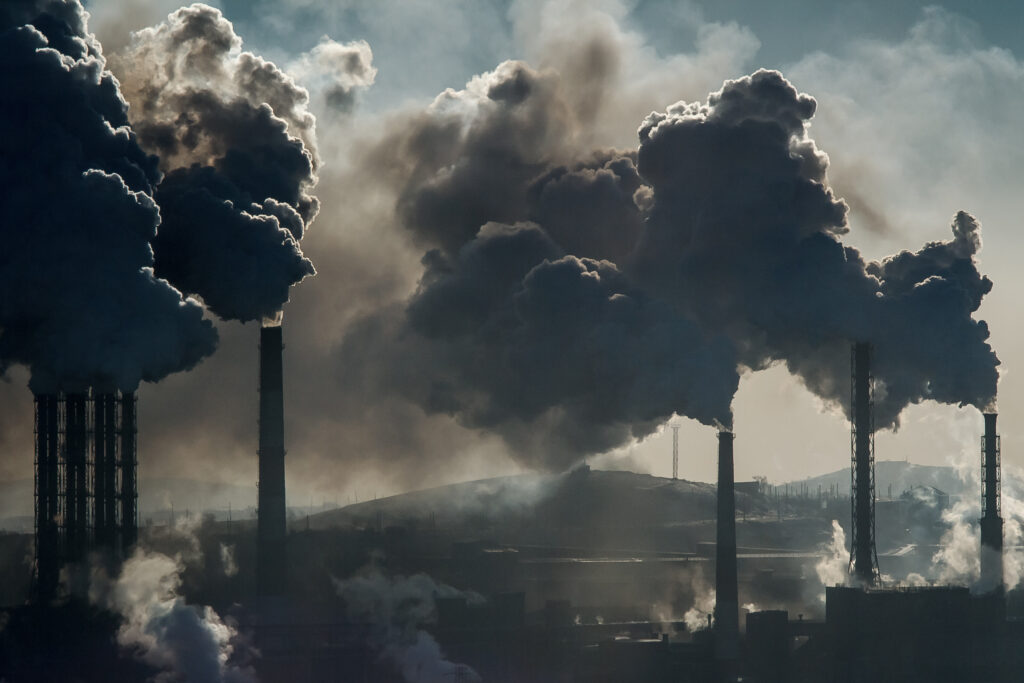Is Hydrogen Really the Future We Think It Is?
By Jungdo Kim, Head of Climate & Ocean Research Division, Climate Ocean Research Institute (CORI)
These days, it’s almost taboo to talk about industrial or technological trends without mentioning the “hydrogen economy.” Across South Korea, nearly every metropolitan government is pursuing hydrogen-related projects—so much so that it’s hard to find a single region that hasn’t jumped on the bandwagon. From hydrogen pilot cities and specialized industrial zones to hydrogen trams and green hydrogen demonstration projects, the scope is broad and expanding. The central government, too, sees hydrogen as a future growth engine. The Lee Jae-myung administration has even pledged to promote hydrogen-reduced steelmaking, green hydrogen from renewables, and pink hydrogen from nuclear energy, alongside supporting the necessary infrastructure and industrial ecosystem.
But while everyone talks about hydrogen, how much do we really know about it? Are we aware of how hydrogen is actually being used in today’s industrial world?
#What is Hydrogen?
Hydrogen (H), with the atomic number 1, is the simplest and lightest element in the periodic table. It makes up about 75% of the universe’s elemental mass and exists abundantly in nature. Hydrogen exhibits a range of physical and chemical properties.
At standard conditions, hydrogen exists as a diatomic molecule (H2)—a colorless, odorless, and tasteless gas. It is roughly 14 times less dense than air and liquefies at −252.87°C under one atmosphere of pressure. Below −259.14°C, it becomes solid. When hydrogen combusts in the presence of oxygen, it produces water and releases significant heat. With an energy density of about 120 MJ/kg (higher heating value), it is an extremely potent energy carrier—one reason why it has long been used as rocket fuel. These characteristics make hydrogen attractive for energy storage, transportation, industrial applications, and space technologies.

#How is Hydrogen Used in Industry?
As of 2023, the four primary global consumers of hydrogen are oil refining, ammonia production, methanol production, and steel manufacturing—sectors that account for the vast majority of global hydrogen demand.
Ironically, the industry that consumes the most hydrogen is oil refining, which used about 43 million tons of hydrogen in 2023. Hydrogen is essential for a refining process known as hydrodesulfurization (HDS), which removes sulfur from crude oil and improves fuel quality.
Another 54 million tons of hydrogen were consumed in ammonia, methanol, and steel production combined. Of this, about 60% was used for ammonia, 30% for methanol, and 10% for steel. Ammonia is synthesized by reacting hydrogen with nitrogen (N2), and over 70% of global ammonia production is used for fertilizer—a cornerstone of modern agriculture.
Methanol is produced by reacting hydrogen with carbon monoxide or carbon dioxide under high temperature and pressure in the presence of a catalyst. It is a vital chemical feedstock and also used as a fuel.
In the steel sector, hydrogen is used more selectively, particularly in the Direct Reduced Iron (DRI) process. This method reduces iron ore in solid form without melting it, producing sponge iron that is later melted in electric furnaces to make steel.
In South Korea, as of 2023, about 57% of hydrogen is produced as a by-product of industrial processes (so-called byproduct hydrogen), while 43% comes from steam methane reforming. Total domestic hydrogen production stands at approximately 2.48 million tons. In 2020, 93% of this hydrogen (around 2.186 million tons) was used in the oil refining and chemical industries—61% in refining and 39% in chemical manufacturing. The remaining 7% was used for power generation and hydrogen vehicle refueling.

#Massive Greenhouse Gas Emissions from Hydrogen Production
According to the International Energy Agency (IEA), global hydrogen demand exceeded 97 million tons in 2023 and is expected to reach 100 million tons in 2024. This growth is less a result of hydrogen policies and more due to increased activity in conventional industries like refining, ammonia, methanol, and steel production. Although demand briefly dipped during the pandemic, it has steadily increased since. Notably, low-emission hydrogen (green and blue) accounted for less than 1% of global demand in 2023.
With this immense hydrogen usage comes significant carbon emissions. In 2023 alone, global hydrogen production and consumption generated an estimated 920 million tons of CO2—roughly equal to the combined annual emissions of Indonesia and France.
The key issue lies in how hydrogen is produced. Today, the vast majority of hydrogen is extracted from fossil fuels—a process that gives rise to what is known as gray hydrogen. Globally, about 6% of natural gas and 2% of coal is used to produce gray hydrogen.
There are two main production methods for gray hydrogen. The first, accounting for 76% of production, involves reacting natural gas (methane) with high-temperature steam. The second is coal gasification, a more complex and carbon-intensive process—estimated to emit roughly twice as much CO2 as methane reforming.
Given the enormous emissions from gray hydrogen, countries around the world are seeking alternatives like green hydrogen, produced via electrolysis powered by renewables, and blue hydrogen, which combines traditional methods with carbon capture and storage (CCS).
However, both green and blue hydrogen are significantly more expensive to produce than gray hydrogen. Building a viable ecosystem for low-emission hydrogen therefore requires not only technological breakthroughs and infrastructure investments, but also scaling up production. And that, in turn, necessitates greater demand. This explains the flurry of government pledges and industrial strategies to artificially stimulate hydrogen consumption.
Yet, one must ask: Is this rush to create a hydrogen ecosystem truly justified? Or are we merely replicating the same overproduction and overconsumption patterns that have driven the climate crisis to begin with? A more sustainable path lies in appropriate production and appropriate use. It’s time we reconsider whether our hydrogen policy truly aligns with that fundamental principle.
